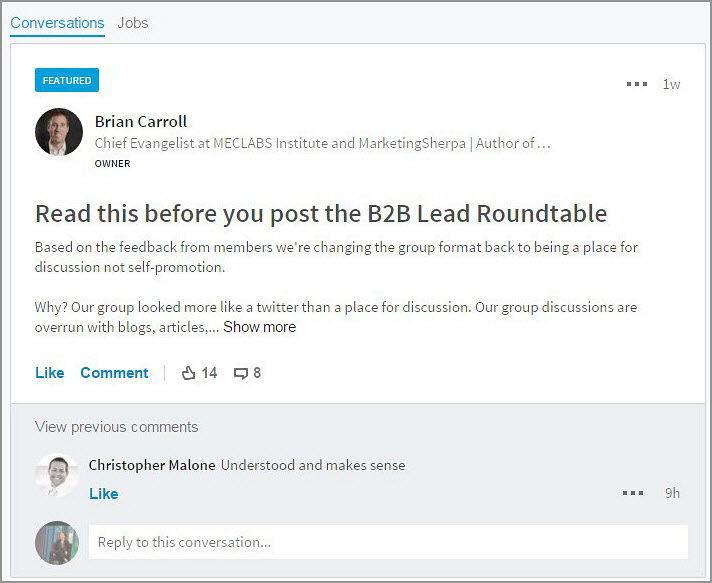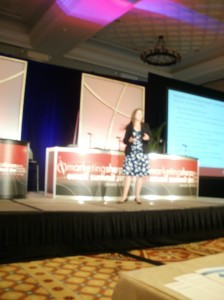At MarketingSherpa, we are often asked:
- Are my open rates low?
- What is the ideal conversion rate?
- Why do I have a high unsubscribe rate and how can I improve it?
Unfortunately, these are the marketing equivalents of “What’s the meaning of life?” While some blogs might have a pithy response with the perfect solution usually involving the product they sell, much like the meaning of life question, the answer likely varies based on your unique situation.
But … I can help you answer these types of questions for yourself, by answering this question we received from Jim on a recent email marketing webinar …
- What is the biggest mistake people are making in today’s environment?
To me, every marketing campaign (and really, everything we do in life) can be improved by taking these three steps …
- Learn
- Test
- Iterate
In today’s MarketingSherpa blog post, I’m going to focus on the “learn” step, because I sometimes feel marketers don’t cast a wide enough net during this crucial step. And, that’s what we do here at MarketingSherpa – we help you learn.
Of course, once you have new ideas about what might work for your company, test them. In this way, you can try some really radical ideas to drastically improve results while mitigating risk. Our sister site, MarketingExperiments, can teach you more about testing.
And, of course, iterate. Or as the shampoo marketers like to say – repeat. What works now will not necessarily work in the future. The marketplace is not static. You must constantly learn new ideas, and try them out.
Learn
Here’s where MarketingSherpa can help. We can give you examples of what other marketers have learned through case studies and how-to articles, webinars, Benchmark Reports and blog posts such as this one.
When we look for case studies to write, we cast our net far and wide. This is where some marketers struggle. Unless the case study subject is from the same exact niche they serve, sometimes they struggle in finding the transferable principles.
On the flip side, when the case study is about a subject from the same exact niche, sometimes marketers overemphasize whether these lessons will work for them. Even if they are in the same niche, after all, they may have a very different value proposition.
So, as you try to address these challenges, ask yourself:
- How are you learning from other marketers?
- What biases are holding you back from learning from other marketers?
- Are you overvaluing marketing tactics your competitors are doing simply because you’re in the same space?
- On the flip side, do you undervalue tactics your competitor is doing because they “play for a different team?”
- Do you look outside of your particular industry to bring new marketing ideas to your space?
- What biases do you hold against tactics other marketers use outside your industry (B2B vs. B2C, for-profit vs. nonprofit vs. political)?
- What biases do you hold against tactics other marketers use based on your personal opinion of their product, service or cause?
So, let me give you some examples …
In Thursday’s MarketingSherpa Inbound Marketing Newsletter, we distributed a case study called “Search Engine Marketing: E-commerce site turns an 82% bounce rate around for a 400% conversion increase.” I really like this case study because it covers one of those common, all-encompassing questions we often receive:
- Why does my landing page have a high bounce rate?
Learn from marketers in any industry
This case study is about how Tops Products answered that question, and the resulting improvement in conversion rate. If a marketer saw the case study was about an office supply company, and they were perhaps a B2B service provider or a brick-and-mortar store, they might overlook the key transferable principles.
Tops Products was getting a huge bounce rate because the great inbound link it was sending people to the wrong page. After using a 301 redirect, Tops Products reduced bounce rate 39% and increased conversion 400%. That lesson is helpful to marketers in any industry.
Read more…











